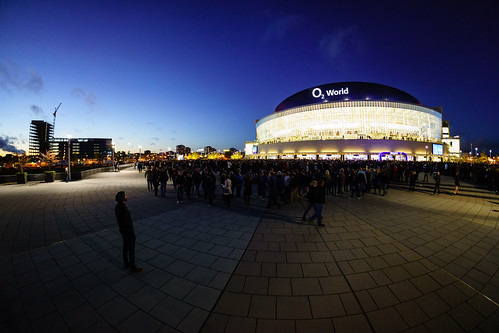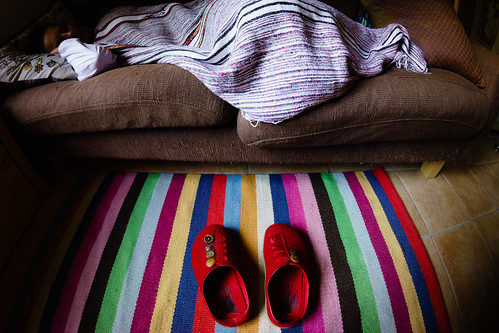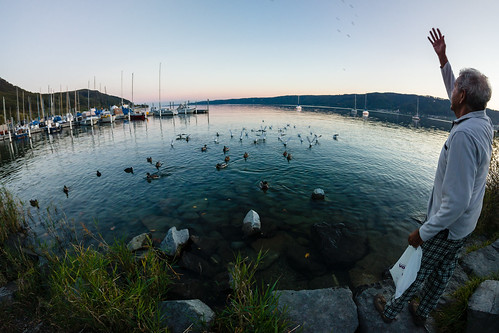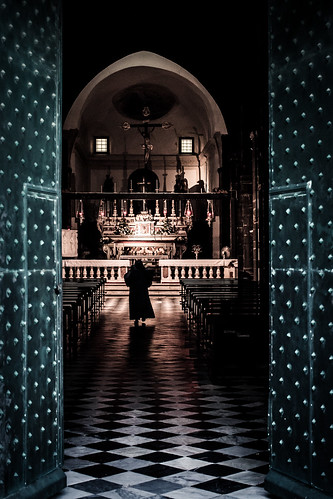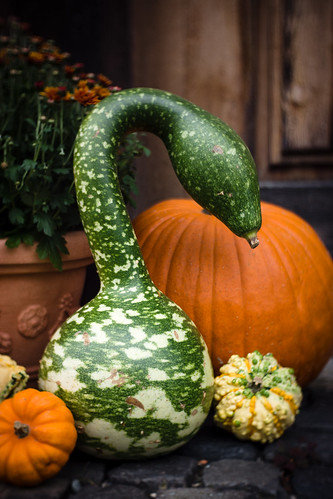so i've used the walimex pro 8 f2.8 fisheye lens for more than a week and almost every day now. it's time to summarise my thoughts about this lens, its technical capabilities, the peculiarities using a fisheye and how it matches the nex 7. please don't expect a standardised review or test scheme, it's more a personal opinion.
before i start the technical part of today's posting i want to venerate the subject of my daily image - the wonderful, great, sad, honourable, ... and moody cemetery of hamburg oejendorf that alone would be worth a whole project or at least a dozens of postings. it is almost as big as a quarter of the town meersburg. in the pic above you can see a part of it, the italian war cemetery. more than 5800 victims of the nazi regime were interred here. it's simply indescribable what you feel there if you get yourself into the scene.
how shall i lead over to such an unimportant topic like technical issues now? well, i've really no idea. let's hope all together that such a terror regime will never come to power again.
what is in the parcel? besides some instructions a leather pouch for the lens is included and of course the two necessary caps that are unfortunately only of medium quality are also inside the package. but let's come to the central matter - the lens itself. considering the price of round about 300 euro it feels simply wonderfully. it's far and away the best built lens i own. the comparison to my former leader, the sony sel 50 f1.8, ends up with a clear win for the walimex: it is heavy to the touch,
completely built of metal and stocked with a nice grip. it's designed as a manual lens so that the quality of the dials is very important. and the koreans haven't disappointed us - both the aperture ring as well as the focus ring operate smooth and backlash-free. the aperture ring engages in half stops from f2.8 to f22 and the focus ring can be adjusted from a focal distance of round about 0.3m to 2m to infinity. i don't want to go into more detail regarding the specs, the main key features are named.
the results are pleasing: practically you can adjust the aperture to anything between f2.8 and f4.0 and the focus to infinity and shoot. the lens is mainly sharp at f2.8 and really sharp from f4.0 on. above f5.6 it's razor sharp and the images are suitable for big prints. if required you can view a full resolution example of the architecture of the arena of hanover at f8.0
here. samples with different other apertures are investigatable
here in the blog and on flickr. a few other peculiarities are noticeable: because of the very short focal length of only 8mm you should be able to work with shutter speeds up to 1/6 with acceptable failures if your objects aren't moving. if you shoot directly into lights (or the sun what i haven't tested) big flares become visible. anyhow with fluorescent tubes this phenomena wasn't detectable. colour rendering, chromatic aberrations, contrasts - everything fine and in my opinion nothing special to report. from the technical view this lens is an absolute performer. keeping it is a no-brainer.
but there is also an other important aspect besides the technical issues and that is the very special style of composition. forget everything you have learnt about image structuring, composition and the basic rules about photography: almost everything isn't valid anymore with this little fisheye. i want to try to give you a few advices how you can compose an interesting image with a fisheye lens.
outdoors: at first i want to set photographs
with a foreground apart from the ones
without an interesting main object in the foreground. if you have
no interesting main object in the foreground you definitely need to have an interesting area between the fore- and the background. the fisheye characteristic accentuates everything in this part of the image, if there isn't anything to accentuate please don't use a fisheye. according to the angle of view the background on the complete horizon in front of you will be visible in your capture. basically you can say that far areas aren't good objects for fisheye photography. of course exceptions prove the role.
if you have a main object that shall be accentuated place it directly in the middle of the frame. straight horizontal and vertical lines should pass through the centre of the image otherwise they will be distorted. whereas this fact could be wanted, too. next you have to decrease the distance between your main object and you as much as possible. go into the scenery as far as possible, this will definitely improve your results. of course with a fisheye lens sometimes it could be also useful to break all the rules to obtain pleasing results.
indoors: in confined spaced it's much easier to compose interesting images. much easier! the lines aren't running off and walls build and fill the edges of your composition.
as an extra step during the postprocessing you have to use cornerfix to remove the purple corners and the vignette from the to dng-files converted raws. with a proper lens profile this works very well. if there are any unanswered questions left, feel free to comment this posting.

